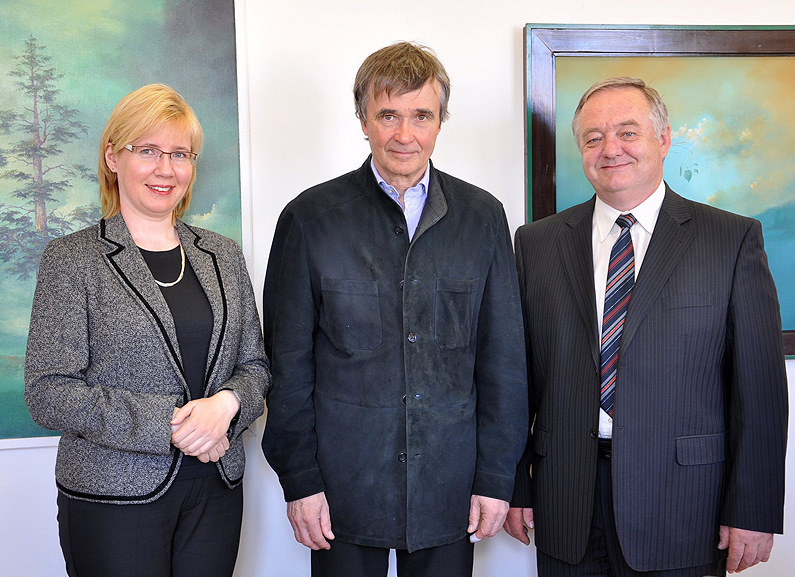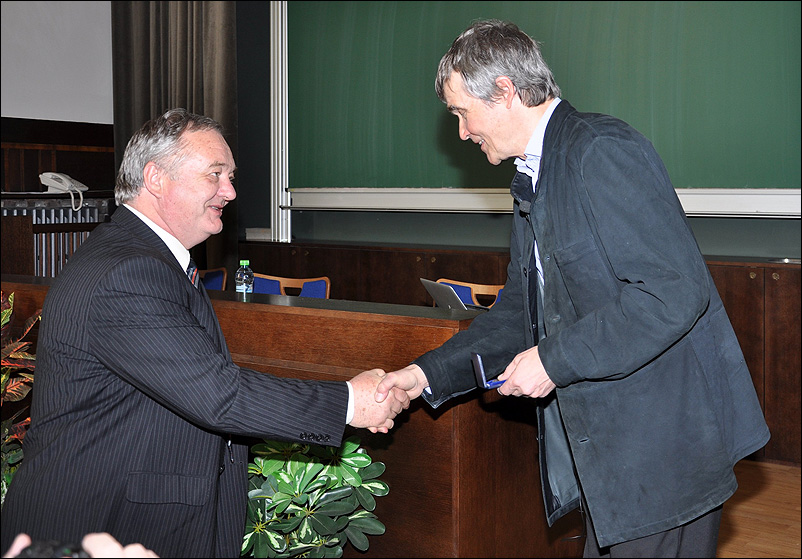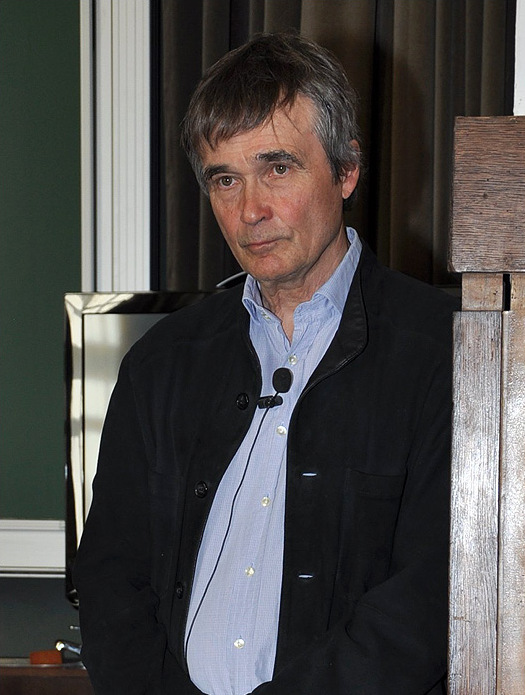Prof. Kai Simons (Max Planck Institute of Molecular Cell Biology and Genetics, Dresden, Germany)
Lipids Organizing Cell Membranes
Abstract
The lipid raft concept introduces into membrane organization the capability of dynamic subcompartmentalization based on phase separation. Rafts form dynamic platforms with a key role in regulating membrane functions. They are dynamic assemblies of sphingolipids, cholesterol and proteins that dissociate and associate. These assemblies can be induced to coalesce to form raft clusters and these are the platforms that function in membrane trafficking, cell polarization and signalling. The most dramatic demonstration of phase separation in a cell membrane comes from our work on plasma membrane spheres produced by hypotonic swelling. We can induce large domains enriched in the gangliosides GM1 by pentavalent cholera toxin-crosslinking at 37°C. This domain formation is cholesterol-dependent and the GM1 phase is enriched in raft proteins and excludes non-raft proteins. Plasma membranes thus can phase separate like model membranes but in one key property they differ. In contrast to the phase–segregating plasma membrane spheres, the transmembrane raft proteins are excluded from the Lo phase in model membranes. The selective inclusion of transmembrane proteins in the raft phase suggests that this phase possesses a quality in addition to the lipid basis for Lo-Ld phase separation seen in model membranes. Our working model is that transmembrane proteins become raftophilic by being lubricated by binding to raft lipids and that this capability is regulated by palmitoylation. Finally, I will describe our work demonstrating how rafts function in membrane trafficking to the cell surface, particularly how they contribute to apical membrane biogenesis as originally postulated.






